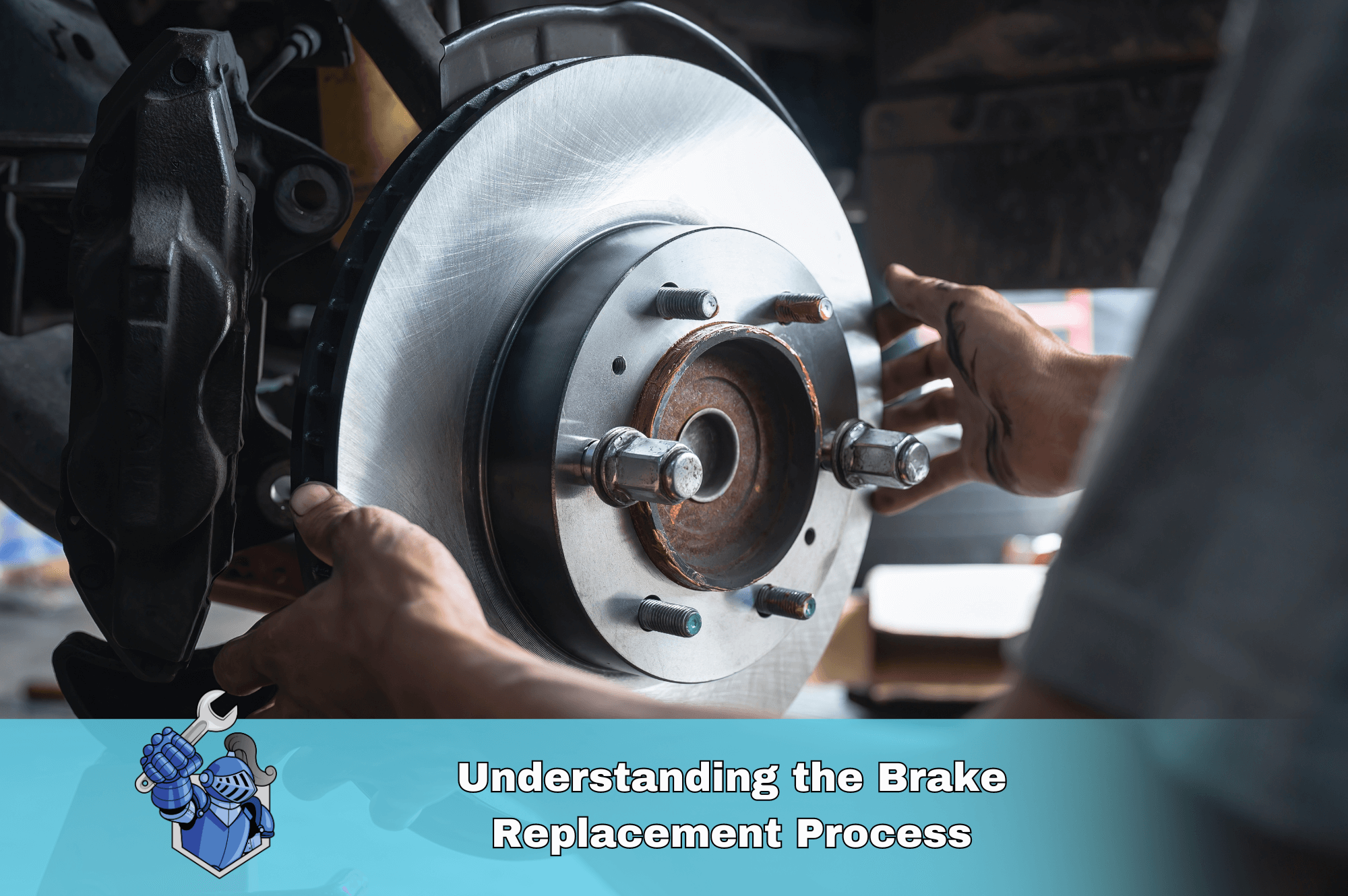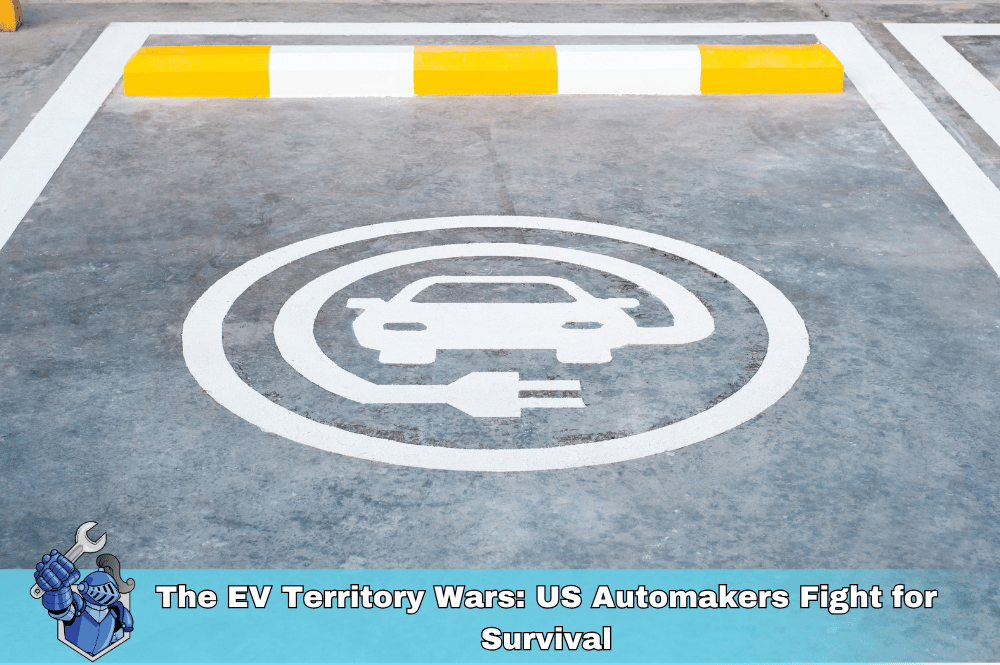I. Introduction
Maintaining your vehicle's braking system is crucial for ensuring safety on the road. Understanding the brake replacement process can save you time and money, while also extending the life of your vehicle. This comprehensive guide will walk you through the signs that you need a brake replacement, how to prepare for it, the step-by-step replacement process, and what to expect in terms of costs. Our main focus will be on brake replacement, providing you with a detailed brake repair guide, and breaking down the brake replacement cost.
II. Signs You Need a Brake Replacement
Your brakes are one of the most critical safety components of your vehicle. Recognizing the signs that your brakes need replacement can prevent potential accidents and costly repairs.
Common Indicators Your Brakes Need Replacement
- Squeaking or Squealing Noises: This is often the first sign that your brake pads are wearing thin.
- Grinding Sounds: If you hear grinding, your brake pads may be completely worn out, causing metal-to-metal contact.
- Reduced Braking Performance: If your vehicle takes longer to stop or feels less responsive, it's time to check your brakes.
- How to Perform a Visual Inspection
- Checking Brake Pad Thickness: Most brake pads have a wear indicator slot. If this slot is no longer visible, it’s time to replace the pads.
- Inspecting Brake Rotors for Damage: Look for grooves, cracks, or significant wear on the rotor surface.
- Looking for Brake Fluid Leaks: Check around the brake calipers and master cylinder for any signs of leakage.
III. Preparing for a Brake Replacement
Before you begin replacing your brakes, it’s essential to gather all necessary tools and materials and ensure a safe working environment.
Gathering Necessary Tools and Materials
- Essential Tools: You will need a jack, lug wrench, brake caliper tool, and other basic hand tools.
- Recommended Brake Parts: Decide whether to use Original Equipment Manufacturer (OEM) parts or aftermarket parts. OEM parts are designed specifically for your vehicle, while aftermarket parts can offer performance enhancements or cost savings.
- Ensuring a Safe Working Environment
- Importance of Working on a Flat Surface: Ensure your vehicle is on a level surface to prevent accidents.
- Using Wheel Chocks and Safety Stands: Always use wheel chocks to prevent the vehicle from rolling and safety stands to support the vehicle once it’s lifted.
IV. Step-by-Step Brake Replacement Guide
Replacing your brakes involves several critical steps. Follow this guide to ensure a smooth and successful brake replacement.
Removing the Old Brakes
- Safely Lifting and Securing the Vehicle: Use a jack to lift the vehicle and place safety stands under the frame for support.
- Removing the Wheels: Loosen the lug nuts, remove the wheels, and set them aside.
- Detaching the Brake Caliper and Brake Pads: Use the brake caliper tool to compress the caliper piston and remove the caliper bolts. Carefully detach the caliper and remove the old brake pads.
Installing the New Brakes
- Preparing the New Brake Pads and Rotors: Ensure the new pads and rotors are clean and free of any grease or debris.
- Reinstalling the Brake Caliper and Pads: Install the new brake pads into the caliper bracket, reposition the caliper, and secure it with bolts.
- Securing All Components and Torquing to Specifications: Follow the manufacturer’s torque specifications to tighten all bolts properly.
Final Checks and Testing
- Reattaching the Wheels: Replace the wheels and hand-tighten the lug nuts.
- Lowering the Vehicle and Torquing Wheel Nuts: Lower the vehicle and use a torque wrench to tighten the lug nuts in a star pattern.
- Performing a Test Drive to Ensure Proper Brake Function: Carefully test the brakes to ensure they are functioning correctly. Listen for any unusual noises and check for proper stopping power.
V. Understanding Brake Replacement Costs
Brake replacement costs can vary based on several factors. Here’s what you need to know about the costs involved.
Breakdown of Typical Brake Replacement Costs
- Cost of Parts: Brake pads typically cost between $30 and $150 per set, while rotors can range from $50 to $200 each.
- Labor Costs for Professional Brake Replacement: Labor costs can vary, but you can expect to pay between $100 and $300 per axle.
Factors Influencing Brake Replacement Costs
- Vehicle Make and Model: Some vehicles require specialized parts that can be more expensive.
- Quality of Brake Parts Used: Higher quality parts often come with a higher price tag but can offer better performance and longevity.
- Geographic Location and Labor Rates: Labor rates can vary significantly by region.
Tips to Save Money on Brake Replacements
- DIY Brake Replacement vs. Professional Service: Doing the job yourself can save on labor costs, but ensure you have the necessary skills and tools.
- Buying Brake Parts in Advance: Purchasing parts during sales or using coupons can help reduce costs.
VI. Frequently Asked Questions (FAQs)
How often should I replace my brake pads?
Brake pads typically need to be replaced every 30,000 to 70,000 miles, depending on driving conditions and habits.
Can I replace my brakes myself?
Yes, with the right tools and knowledge, many people can replace their brakes at home.
How much does a brake replacement typically cost?
The cost can range from $150 to $500 per axle, depending on parts and labor.
What are the risks of not replacing my brakes on time?
Delaying brake replacement can lead to reduced stopping power, increased stopping distance, and potential brake failure.
How can I extend the life of my brakes?
Practice gentle braking, avoid carrying unnecessary weight, and have regular brake inspections.
What is the difference between OEM and aftermarket brake parts?
OEM parts are made by the vehicle’s manufacturer, while aftermarket parts are produced by other companies. Both have their pros and cons.
How do I know if my rotors need to be replaced?
Rotors should be replaced if they are cracked, excessively worn, or below the minimum thickness specified by the manufacturer.
Is it safe to drive with worn-out brake pads?
No, driving with worn-out brake pads can significantly reduce braking performance and increase the risk of accidents.
Can I replace just the brake pads and not the rotors?
Yes, if the rotors are in good condition, you can replace just the brake pads.
How long does a brake replacement take?
A brake replacement typically takes 1 to 2 hours, depending on the vehicle and the mechanic’s experience.
VII. Conclusion
Understanding the brake replacement process is essential for maintaining your vehicle’s safety and performance. Regular brake maintenance and timely replacements can prevent accidents and costly repairs. If you're unsure about performing a brake replacement yourself, always consult a professional. For more information on vehicle maintenance and safety tips, visit NobleQuote's Learning Center. For additional resources, check out this comprehensive brake repair guide and this detailed breakdown of brake replacement costs.
Maintaining your brakes is a vital part of vehicle ownership. With the right knowledge and tools, you can ensure your brakes are always in top condition, providing you with peace of mind on the road.
Suggestions for you
Read MoreLet’s work together
Every week we showcase three charitable organizations that our donations are sent to. Our clients are able to choose which of these three will receive their gift when they add coverage to their vehicle...




